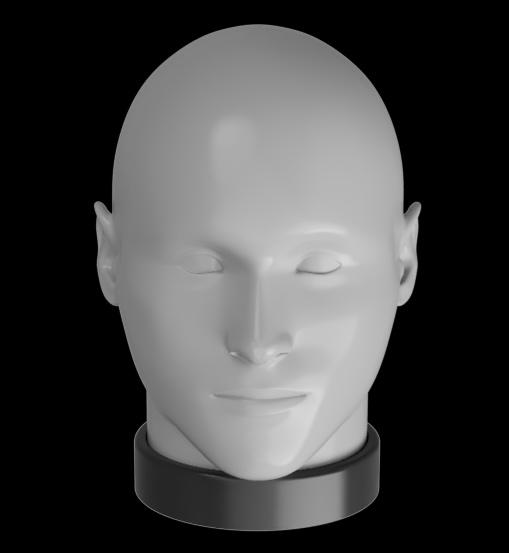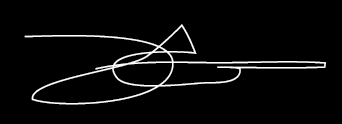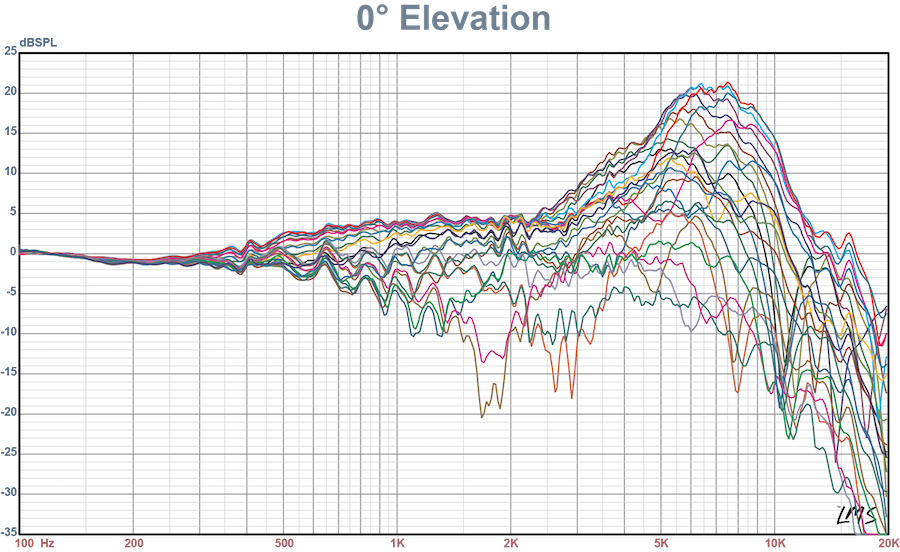Introducing the Audiofrog BHM-1 Binaural Head Microphone
Audiofrog’s new BHM-1 Binaural Head Microphone makes capturing audio in 3D easy. Simply place the head microphone in any space in which you want to capture the sound of a live event, connect your audio recorder to any of three connection and signal types in the base and press record. Listening to the recording over a pair of high-quality headphones will reproduce sounds as if they were in front, above, to the sides and even behind you.

$1499
Discount available for accredited educational institutions and students. Please email BHM-1@audiofrog.com for details.
Audiofrog BHM-1
- Binaural head microphone
- 20Hz-20kHz Pre-polarized omnidirectional condenser microphone capsules mounted in the ears
- Microphones selected as pairs matched to within 1.5dB
- On-board preamps located in the base connect to nearly any recording device
- Completely documented head related transfer function (HRTF). Curves included in the user guide and available as text data files for download
- Suitable for professionals, educators and students, amateurs and hobbyists
- Threaded insert in base and included adapter facilitate attachment to a micstand, tripod or gimbal
- 9V battery for stereo preamp output included
What can I do with a binaural mic? What kind of recordings can I make?
Listen below on headphones.
Example #1: Live music performance. Listen for the sounds behind the bar on the left at about 40 seconds. For recordings of live music events, a binaural mic can be placed in the audience to capture the performance, the listening space and the sounds of the audience in 3D. The recording below was made in a small restaurant.
Example 2: Binaural mics are also used to make field recordings in which the sounds of environments, their inhabitants are captured or to capture soundscapes, industrial noise or noise in other conditions for analysis. Ambient sounds in a giant food court at the mall. Listen for the size of the space. It’s about 100 feet x 200 feet:
Example #3: Walking past the bus stop in Pasadena. Listen carefully between 18 and 19 seconds for the sound of someone running past on the right to catch the bus.
Example 4: Binaural mics are also often used to document the performance of installed audio systems or to make recordings used to compare the performance of one audio system and another when a side-by-side comparison isn’t possible.
$1499
Discount available for accredited educational institutions and students. Please email BHM-1@audiofrog.com for details.
Common Applications
A binaural microphone is a great way to capture a believable representation of any live event, and Audiofrog’s BHM-1 makes it easy. Connect BHM-1 to any consumer or pro recording device or interface by plugging into any of three signal and connection types located in the base of the unit. Place the head on a mic stand, tripod or a gimbal and record.
Some common uses and applications of binaural recordings include:
Podcasting
People listen to podcasts on headphones. Provide your listeners with 3D realism. —record the narrator’s voice using the BHM-1 to capture the space in which the recording is made. Record the sound of a different environment into which you’ll place the sound of the narrator’s voice.
Noise Abatement
Noise abatement and analysis -capture the sound of ambient or industrial noise for analysis of its effects or to aid in the development of abatement measures and documentation of their performance.
Sales Presentations
Record the level of ambient noise from appliances, HVAC systems or homebuilding and noise isolation for remote demonstrations of the effectiveness measures taken in design and construction to make them quieter. Audio system design, optimization and demonstration—Record the ambient noise in a car or a home to determine frequency response and level for the development of masking equalization. Record the sound of treated and untreated rooms and cars to demonstrate treatment’s effectiveness on system performance. Record the sound of completed audio system performance for sales demonstrations. Add the sound of the finished system to a visual presentation provided online or in the store.
Education and Training
If you’re an educator teaching students about acoustics or human hearing, a binaural head, the attendant documentation and recordings made with it can be an effective and interactive teaching tool. Educational discount available!
Scientific Research
Capture the sounds of nature, or animals in their habitats for documentation and for further analysis.
$1499
$1199
INTRODUCTORY PRICE
Discount available for accredited educational institutions and students. Please email BHM-1@audiofrog.com for details.
“For me, the most interesting part of listening to music, whether I’m listening at home, in the car or attending a live show, is the sense of space in which the music happens. The placement of the instruments and vocals, the area in which the music happens and the area in which I sit all contribute to the believability of the reproduction.
The same is true for just about every situation in which what we hear combines with what we see to help us navigate the world around us. The fact that we have two ears on the sides of our head allow us to hear in 3D—we can easily identify sounds to our right and left, above us and below us and from front to back. Our ears help our eyes. Whether you’re capturing the sounds of nature on a hike, recording soundscapes to be used in a game or a podcast or documenting the sound of an audio system or a musical performance to be listened to remotely, a binaural head mic makes recording 3D audio easy and fun.

Andy Wehmeyer
President, Audiofrog, Inc.
How does it work?

A binaural head mic works by placing a head similar to our own in the recording space. When we listen over headphones, the shape of the head mic replaces our own head, and we hear what the head mic hears.
OK, but how is that different than a regular mic?
A stereo microphone used to capture a similar event might be a pair of directional microphones arranged in an XY configuration. The mic on the right is designed to pick up only sounds on the left and the mic on the left is designed to pick up only sounds on the right. This records in simple stereo.
The head mic is able to record not only sound on the left and the right, but also sounds above and below, in the front and behind for a true 3D experience when the recording is heard over headphones.
How does it do that?

At each point in space, the binaural mic, just like our own ears, hears something slightly different. The distance between our ears causes us to hear the arrival of the sound at slightly different times and the shapes of our head and our ears causes us to hear high frequencies a little differently depending on the angle from which the sound originates. This phenomenon, called head related transfer function, or HRTF, is what allows us to localize sounds—to discern whether the origin of the sound is on our left or right, above or below, in front or in back. Our brains use these small differences in frequency response shape to determine the angle from which the sound arrives.


For example, here are 24 dots that represent 24 different points of origin on a horizontal plane at the level of our ears. These dots represent points in front, behind, to the right and to the left. The graph below show the frequency responses we hear at each of those points. The differences between them are how we discern the location of the sound from right to left and from front to back.


There is also a difference in what we hear when the origins of sounds are at different positions from above us to below us—different elevations.
In this example, the dots represent sounds that originate in front of us at different elevations. The graphs indicate what we hear for each of those locations. Once again, the differences between what we hear at different elevations are how our brains determine the origin of a sound from top to bottom.
When combined into a complete HRTF map—measurements made at many different points around the head—we have a good understanding of how we localize sounds.
Because the binaural head is shaped similarly to our own heads, listening on headphones removes our HRTF and replaces it with the head microphones HRTF. The result is that we can hear the original recording space including sounds above and below and to the front and the back as if we were in the original recording space.

We’ve measured the response of BHM-1 at 264 points in space in an anechoic chamber and the HRTF is completely documented. You will find a complete set of graphs in the BHM-1 User Guide, which you can download at the bottom of this page. If you’d find the raw data useful, you can download all 264 measurements as text files, too. The text files can be imported into nearly any audio analysis program.
Here are some additional audio files you can listen to for ideas about what you can do with an Audiofrog BHM-1. If you’d like to submit your own cool recordings for inclusion here, we’d love that! Please send an email to BHM-1@audiofrog.com! Check back here often to hear new stuff.
Features
Matched Pair Microphones
20Hz-20kHz Pre-polarized omnidirectional condenser microphone capsules mounted in the ears
Full HRTF Documentation
Full head related transfer function documentation included in the user guide and available for download
Threaded insert in base
One 3.5mm TRS connector with onboard powered preamp for connection to audio input connectors of consumer devices (9V battery included)
XLR Output Connectors
Two XLR output connectors for connection to professional audio devices that provide 48V phantom power
Extended base
Extended base provides protection for connectors and controls when unit is stored
Twin 3.5 Mono TS Outputs
Two 3.5mm mono TS connectors for connection to devices that provide 5VDC-9VDC bias voltage for microphones (soundcard, camera, computer with stereo mic input—Y-adapter may be required)
One 3.5mm TRS Connector
One 3.5mm TRS connector with onboard powered preamp for connection to audio input connectors of consumer devices (9V battery included)
Specifications
- Microphone Element Type: 6mm Pre-polarized condenser (electret)
- Microphone Element Pattern: Omnidirectional
- Microphone Element Sensitivity: -42 +/-3dB
- Microphone Element Frequency Response: 20Hz – 20kHz, +2 to -2dB
- Bias Voltage for Separate 3.5mm Outputs: 2V-9VDC
- Maximum Output Voltage for 3.5mm Stereo Output: 2V
- Battery for Stereo Preamp Output: 9V
- Expected Battery Life: 100 Hours
- Phantom Power: 48V
- Micstand Adapter: ¼” 20 thread, 5/8” to ¼” adapter included
$1499
$1199
INTRODUCTORY PRICE
Discount available for accredited educational institutions and students. Please email BHM-1@audiofrog.com for details.
Downloads
Discount available for accredited educational institutions and students. Please email BHM-1@audiofrog.com for details.
